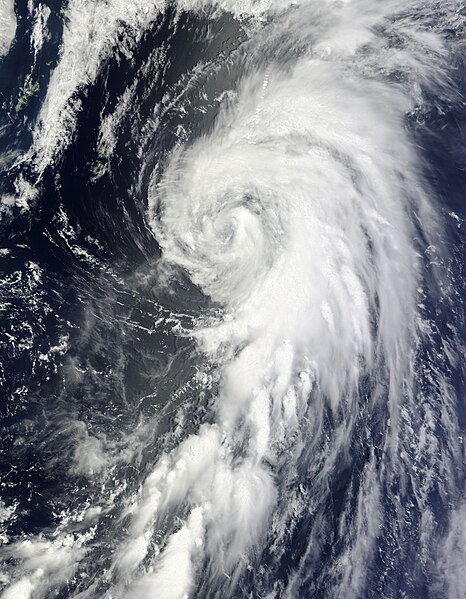Typhoon Utor, known in the Philippines as Super Typhoon Labuyo, was a powerful, deadly and destructive tropical cyclone that struck the Philippines and southern China. Utor, contributed by United States for squall line, the 15th depression, the 2nd typhoon and the first super typhoon in the 2013 Pacific typhoon season. Utor started originating near Yap, tracking westwards in a favorable development, allowing the system to be better organized. All agencies have upgraded the system as a depression, with JTWC designated as Tropical Depression 11W and PAGASA naming the depression as Labuyo. Continuing westwards, JMA named 11W as Utor as it continues to consolidate.
Utor rapidly intensifying off the Philippines on August 11
2013 Pacific typhoon season
The 2013 Pacific typhoon season was the most active Pacific typhoon season since 2004, and the deadliest since 1975. It featured Typhoon Haiyan, one of the most powerful storms and one of the strongest landfalling tropical cyclones in history. It was an above-average season with 31 named storms, 13 typhoons, and five super typhoons. The season's first named storm, Sonamu, developed on January 4 while the season's last named storm, Podul, dissipated on November 15. Despite the activity, most of the first seventeen named storms before mid-September were relatively weak, as only two of them reached typhoon intensity. Total damage amounted to at least $26.41 billion (USD), making it at the time the costliest Pacific typhoon season on record; it is currently the fourth costliest, behind the 2018, 2019 and 2023 seasons.
2013 Pacific typhoon season
2013 Pacific typhoon season
2013 Pacific typhoon season
2013 Pacific typhoon season





